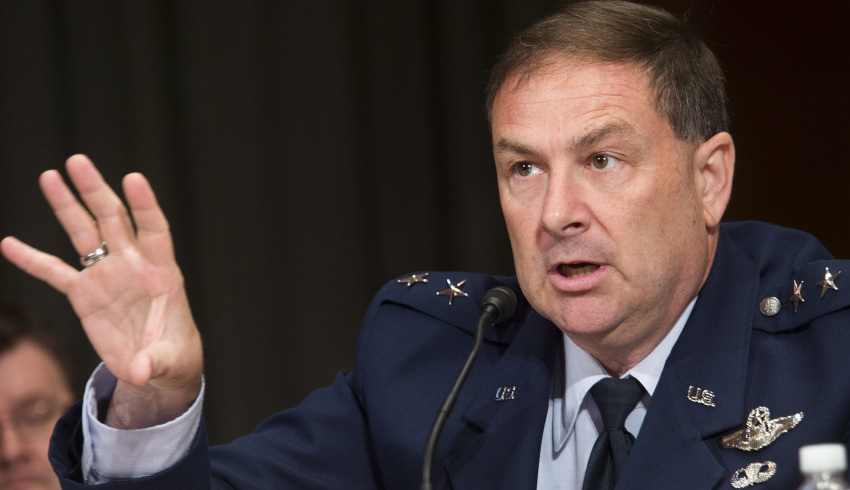With accelerated production on the F-35 Joint Strike Fighter (JSF) project, Australia could end up paying US$80 million per aircraft.
To continue reading the rest of this article, please log in.
Create free account to get unlimited news articles and more!
US Air Force Lieutenant General Chris Bogdan, head of the F-35 Joint Program Office in the Pentagon, said the production lot negotiated in 2015 was for 60 aircraft while the 2017 lot would be for 134 aircraft and the production lot due for 2020 will have 160 aircraft.
Lt Gen Bogdan said that due to the increase in numbers per lot, the overall price per plane would come down from the US$94.6 million that was charged for an F-35A in lot 10.
"I see that number continuing to come down," he said at Avalon
Lt Gen Bogdan said that while the JSFs Joint Program Office had consistently promised that an F-35A purchased in 2019 would be less than US$85 million, he thinks this figure is incorrect.
"I am here to tell you today that that is not enough. We need the airplane to be lower in price in 2019 and 2020 than US$85 million, and I think we can get there," he said.
"We ought to be looking at about an US$80 million airplane by that timeframe and then continuing to reduce the price of the airplane lot over lot over lot."
Although the price of the F-35 project has been consistently criticised, most recently by US President Donald Trump, Lt Gen Bogdan said that before the program was re-baselined in 2011, the project was running late and over budget, but since the new program was re-baselined in 2011, the price trajectory had been consistently down.
"There are challenges ahead. But since 2011 when the program was re-baselined, we are in a much better frame than we have ever been," Lt Gen Bogdan said.
Australia will have a total of 72 F-35A aircraft, with the full fleet in service by the end of 2023. Two, AU-001 and AU-002, have been delivered and each cost more than US$120 million.

 Login
Login







